As the ICC posted on LinkedIn, it’s “a wrap on the 2024 C4DTI Digital Trade Conference & Awards”. This year’s event may be over, but now is the time for graft, determination, and collective maximum effort to drive digital adoption forward worldwide.
Over the two-day conference, 400 delegates from all over the world joined industry key players, trailblazers, and leaders in their respective fields to kickstart the discussion on how we as an industry do exactly that.
Spoiler alert, it’s not going to be easy or a one-size-fits-all fix.
Going fully digital, with end-to-end visibility across the whole global supply chain – not just automating customs clearance which is where Azarc is currently sighting its focus – for an industry that has been stuck in its ways for centuries, the size of the task at hand is daunting.
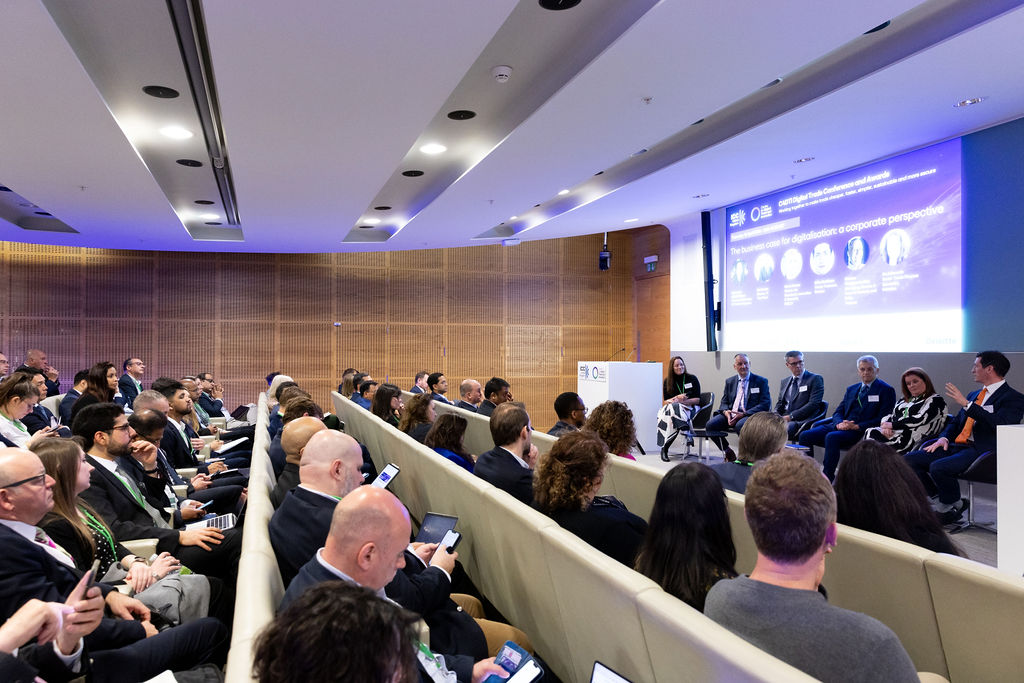
“We need to understand the border starts wherever we place an order digitally, it doesn’t have one side. We need to be looking at how we can connect the dots to begin looking at how supply chain and trade corridors work in a wider sense … how the visibility of data will support us in optimizing the supply chain between borders and now end-to-end. We need to make the border part of the supply chain and make it more resilient – operable via connectivity.”
Lars Karlsson, Global Head of Trade and Customs for Moller-Maersk
Or, at least, it can seem that way until you see the drive, passion, and force that exists to push this new digital era forward. The ICC C4DTI Digital Trade Conference was exactly that source of validation and provided the reassurance that we are all working towards the same end goal.
Azarc joined the ICC for Day Two, and what a valuable experience the team had. Sessions were led by industry experts who shared valuable insights into how companies can digitalize their trade transactions, say goodbye to paper once and for all, and gain a competitive advantage.
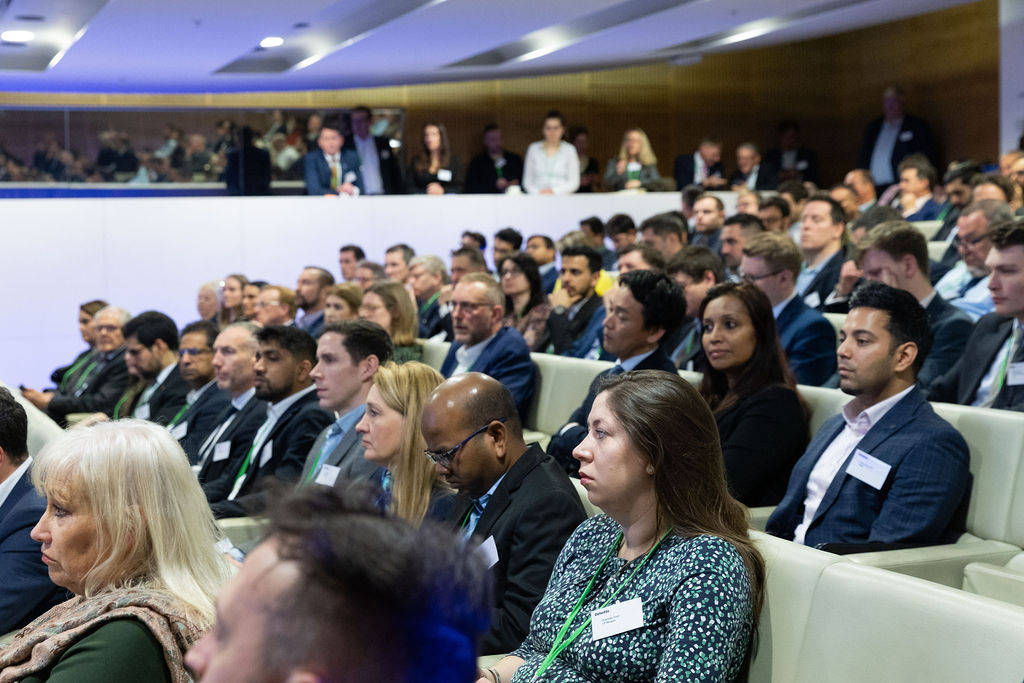
What was of incredible value to us was the emphasis that fell on the collaborative effort there was to engage with end-to-end digitalization. The industry is hungry for it and is looking to the likes of the ICC to lead by example and create an environment where platforms to support the digitalization of trade can flourish.
We heard from those traders who have already embraced the fully digital way of life citing it as offering, “visibility we’ve never had before, automation has unlocked benefits we didn’t even consider”.
Alongside successes, concerns, of course, were aired, such as Bruna Romano, Director of Global Customs and Trade Compliance for Puma, who spoke about the sheer amount of data and information that has to be dealt with, and how that can be optimized for efficiency across different countries, as well as the potential that exists to improve import and export factoring in the vast difference between regulatory framework across the world.
“Customs are a key stakeholder in international trade, they need to be involved across the development of data standardization, security, and integration.”
Emmanuel Ganne, Senior Analyst at the World Trade Organization
Covid’s impact was raised multiple times, throwing into sharp context how the world of trade didn’t know what to do when the pandemic took hold, in turn highlighting the need for an ecosystem where trade can be managed digitally. Attention also turned to customer experience, resilience, and sustainability across supply chain, all hugely important topics.
Overcoming a long-held mindset was, unsurprisingly, a hurdle that resonated from panel to panel. Our industry’s systems and processes are archaic at best. Digitalization is a huge change, almost incomprehensible to some stalwarts, which is why it is key for the real-time, tangible benefits to be presented front and center. Those of us, like the team here at Azarc, working front and center on the side of digital innovation have a fast track to seeing and understanding the process, and therefore the benefits and how they can be achieved.
Our challenge lies in making them visible, clear, and easy to secure in the eyes of the consumer, ensuring customer experience and innovation are perfectly balanced, making choosing end-to-end visibility through automation a no-brainer.
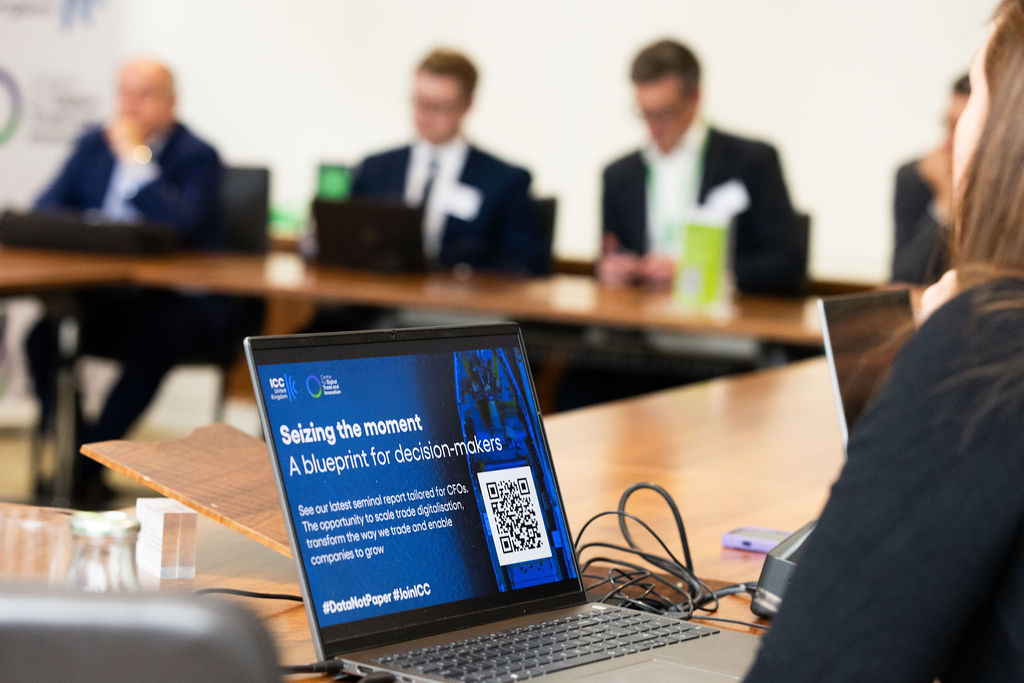
Grant Hunter, Director for Standards, Innovation, and Research at BIMCO talked about how “we have to persuade people there is risk associated with paper”. Even though it is a system that has been around for 100s of years, it isn’t a faultless system, far from it. There are issues – from error to sustainability and crime. It’s essential to understand and weigh up the security that platforms and solutions can offer. Digital security is a risk and happens less often, but more quickly than when dealing with paper.
Which brings us back around to data. Ideas brought forward opened up discussion about interoperability and global data models, from harmonizing regions to cover the movement of data across borders via interoperability rules to agreeing on a digital economic framework and set of standards.
What was abundantly clear by the end of the day was the complexity across various global digital ecosystems and how this variety of systems already in operation or coming to fruition cannot be replaced with one global one. Rather the question was this – should we be working to one standardized set of data requirements to align how everyone works that can be applied across multiple systems, trade lanes, and industries?
Peter MacSweeney summed it up for the team, addressing the need for a global understanding of the benefits, for everybody. While we cannot operate one system globally, we also can no longer work in silos and expect results. He said: “We need a holistic approach to understanding ‘end-to-end’, and what that means across the areas of supply chain where people aren’t involved or actively working.”
Collaboration really is the only way forward. Defining ‘what is the impact for me’ and getting people to share their findings and experiences so we can piece together what that global picture looks like. Can we as an industry drive this change, this evolution, rather than wait for regulation? If so, collaboration is the key thing to get this going.
Our key takeaways:
- Start small, with tangible results.
- Short, medium, and long-term plans are all needed.
- Agile standardization is needed.
- Trade is looking for predictability across supply chain.
- Resiliences, reduced cost, and simplification – don’t add more, but simplify.
- Trust – has to be built into everything we do as we navigate down the path towards digitalization.
